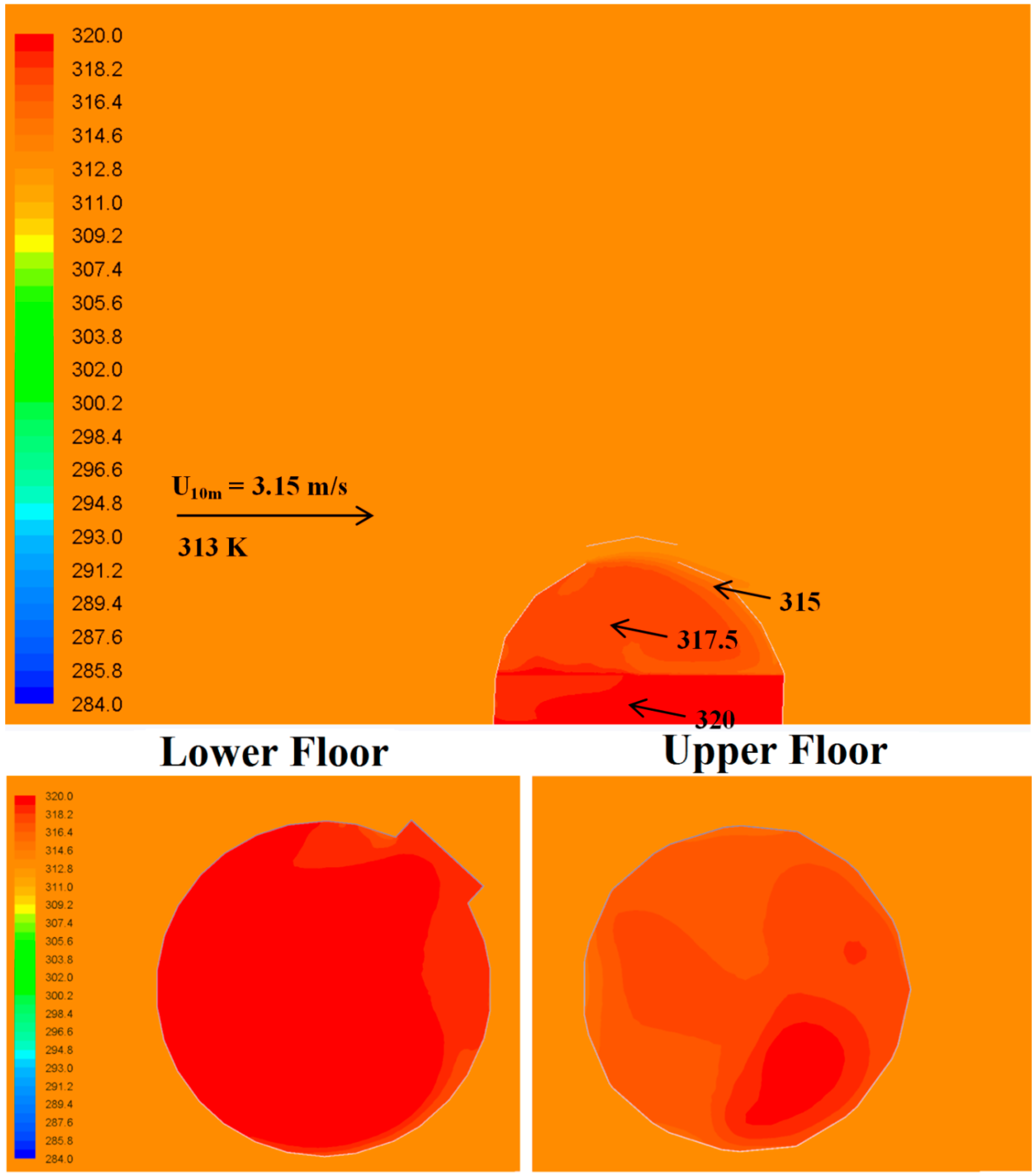
Infection diagnosis in a DFU is not always simple and explicit. The DFU infections may be present as superficial lesions, which sometimes may account for deep tissue involvement. Also, infection is one of the International Working Group of the Diabetic Foot (IWGDF) classification items ( 5). Although Some diabetic foot lesions are infected, others are not, and one of the most important prognostic factors for the outcome of DFU is infection. The successful treatment of an existing DFU is based on careful examination and classification of the wound. Fifty-nine percent of the diabetic foot amputations were attributed to infection ( 4). Furthermore, after foot ulceration, the wound healing process may be prolonged, especially if the bacterial infection reaches deep tissues and bone. Patients with diabetes have an increased tendency to develop serious infections. Foot amputations may be preventable with prompt recognition and therapy ( 4). The lifetime risk of a DFU could be as high as 25% ( 3). Additional research is needed before the routine usage of PCT to better define the role of PCT in IDFU.ĭiabetic foot ulcer (DFU) is one of the most common causes of mortality and morbidity, accounting for nearly two-thirds of all non-traumatic amputations perfumed in the US ( 1, 2).


These results suggest that PCT can be a diagnostic marker in combination with other markers like ESR and CRP to distinguish infected from non-infected foot ulcers, when clinical manifestations are un specific. The area under the receiver operating characteristic curve for ESR was the greatest (0.967 P < 0.001), followed by CRP (0.871 P < 0.001), PCT (0.729 P < 0.001), and finally WBCs (0.721 P = 0.001). The best cut-off value, sensitivity and specificity were 40.5 mm/h, 90% and 94% for ESR, 7.1 mg/dL, 80% and 74% for CRP, 0.21, 70% and 74% for PCT, and 7.7×10 9/L, 66% and 67% for WBCs, respectively. Procalcitonin, white blood cells (WBCs), erythrocyte sedimentation rate (ESR), and C-reactive protein (CRP), were found significantly higher in the IDFU group compared to the NIDFU group. A total of 30 patients were clinically identified as IDFU by an expert clinician, taking as criteria for purulent discharges or at least two of manifestations of inflammation including warmth, redness, swelling and pain.

Sixty patients with diabetic foot ulcers were consecutively enrolled in the study. We evaluated PCT serum level as a marker of bacterial infection in patients with diabetic foot ulcers. We aimed to evaluate the accuracy of PCT in comparison to other inflammatory markers for distinguishing IDFU from NIDFU.

Recently, procalcitonin (PCT) was introduced as a remarkable inflammatory marker. The differentiation of infected diabetic foot ulcers (IDFU) from non infected diabetic foot ulcers (NIDFU) is a challenging issue for clinicians.


 0 kommentar(er)
0 kommentar(er)
